Ministry of Environment and UNDP’s new campaign Tribal Talks sheds light on Egypt’s tribal communities and protected areas through ECO EGYPT
Preserving Egypt’s Natural and Cultural Heritage: Embracing Egypt’s Local Tribal Communities and Protected Areas
August 21, 2023
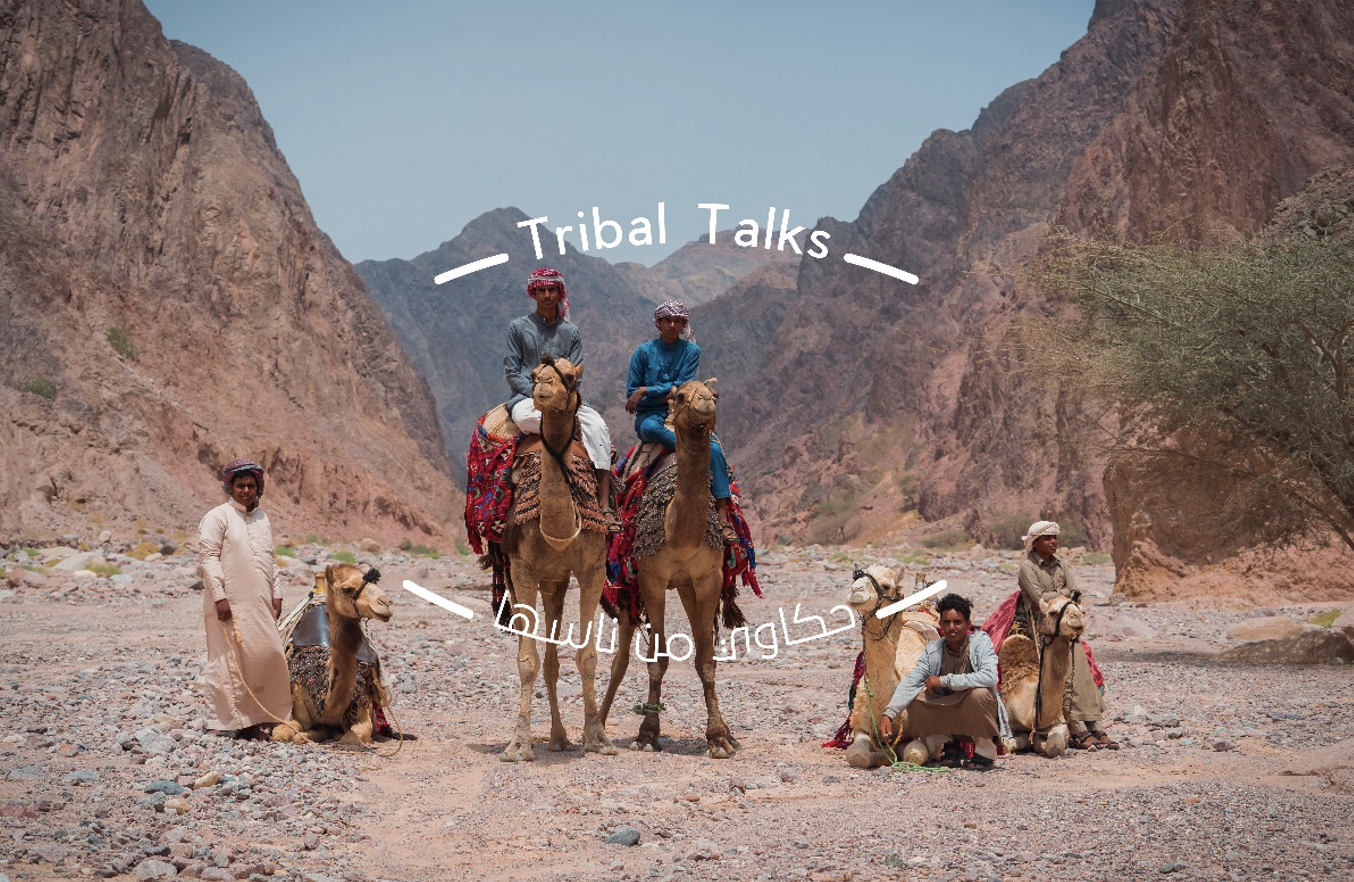
A group of friends from the Tarabin tribe in Wadi El Malha, Nuweiba, Southern Sinai, Egypt.
An interwoven, harmonious, and intimate relationship is forged between local communities and the natural ecosystems that surround them. For millennia, tribal communities have thrived in treacherous and unforgiving natural conditions, enduring the scorching desert sun and the chilling winters along steep mountain ranges. The deep bond with nature reflects the significance of environmental conservation and the preservation of cultural heritage.
In Egypt, tribal community culture, tradition, and livelihood are shaped through their interaction with nature. These communities have learned to coexist with nature, developing sustainable methods to derive essential ecosystem services for survival and the conservation of pristine natural resources.
Om El Saad, a member of the Jebeliya tribe inhabiting the St. Katherine Protected Area in South Sinai expresses this deep connection “This mountain, the mountain talks to me and shows me wonders, I spent my entire life in this mountain.” This profound affiliation with the land enables tribal communities to develop a deep understanding and appreciation of the surrounding natural environment.
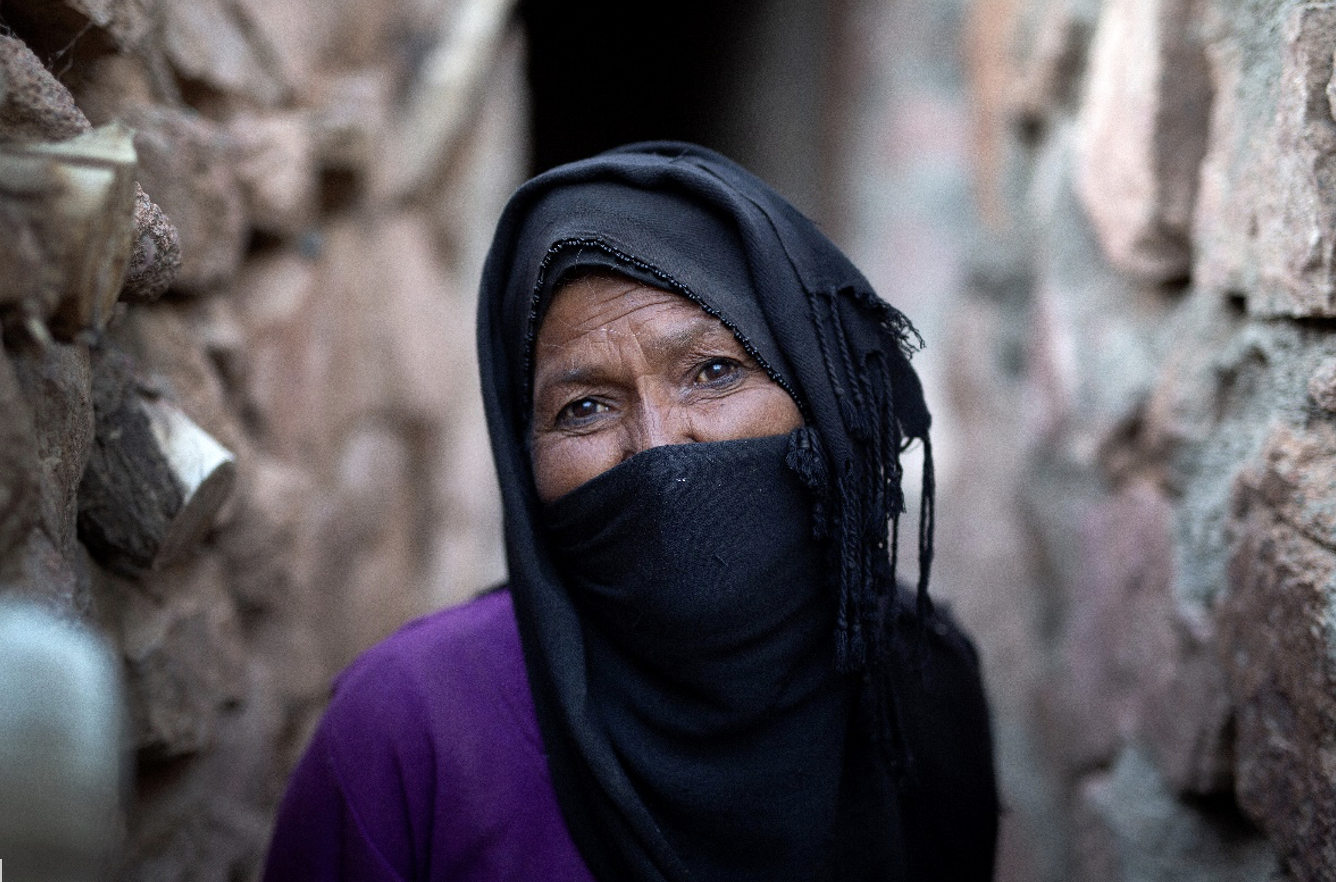
Om El Saad, a member of the Jebeliya tribe, St. Katherine Protected Area, Southern Sinai, Egypt.
The ability to safeguard and protect natural resources and biodiversity stems from accumulated knowledge passed down through generations. Saad Mohamed, a local fisherman chief from the Ababda tribe based in Wadi El Gemal Protected Area, emphasizes the importance of generational responsibility in nature conservation “Our fathers protected the region until they died then it became our responsibility.”
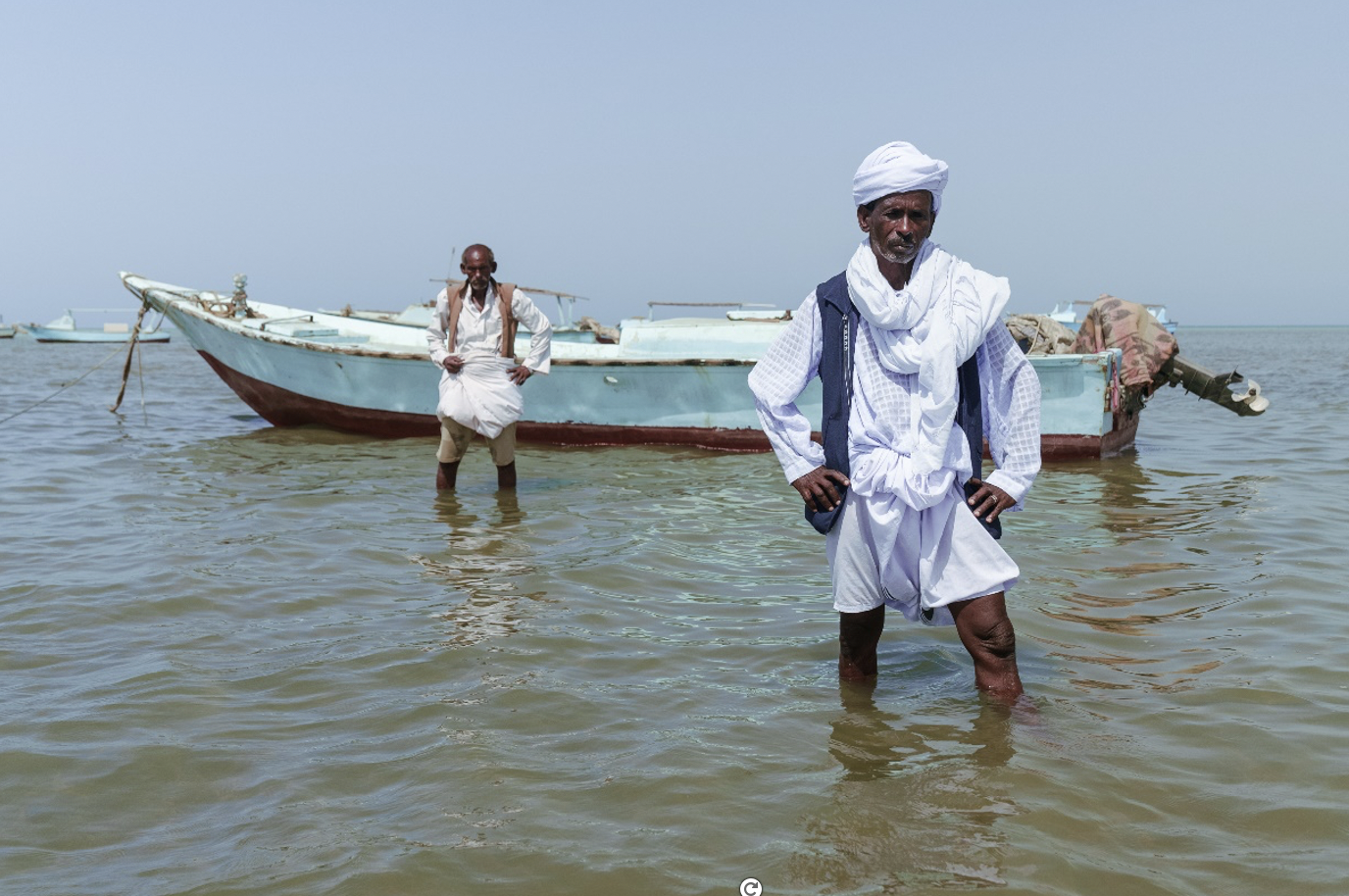
Saad Mohamed and another fisherman from the Ababda tribe standing in front of a boat in Hamata, Wadi El Gemal Protected Area, Southern Red Sinai, Egypt.
The Guardian reports that the majority of the world’s 6,000 national parks and 100,000 protected places have been established through the displacement of tribal peoples. To counter this concerning trend, the Egyptian Ministry of Environment, UNDP and the Global Environmental Facility (GEF) are championing the inclusion of local tribal communities in the conservation of Egypt’s vast protected areas through their joint Mainstreaming Biodiversity in Egypt’s Tourism (MBDT) project.
“Recently and in celebration of World Environment Day 2023, the Egyptian Ministry of Environment and UNDP Egypt launched its latest campaign “Tribal Talks” through the ECO EGYPT initiative.” The campaign aims to raise awareness, about eleven different local tribal communities residing in and around Egypt’s protected areas. The campaign showcases the different origins, traditions, culture, cuisine, handicrafts and music of these communities through a series of mini documentaries and portraits produced in partnership with Blue Camel Media.
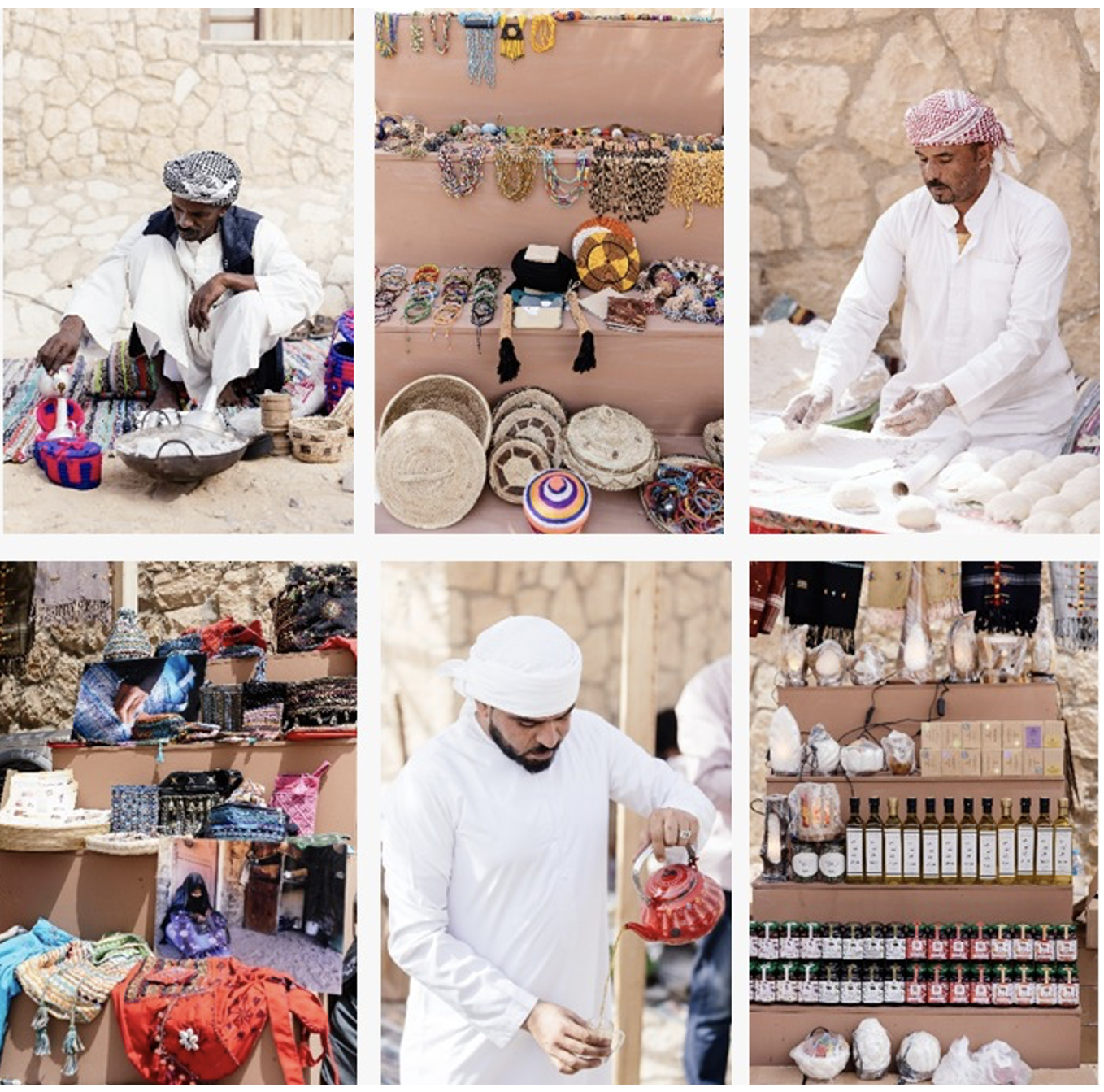
Local handicrafts, products, and with staples from tribal cuisines of the different tribes at the launch event of “Tribal Talks” at Wadi Degla Protected Area, Egypt.
By centering the voices, experiences, and customs of local tribespeople, from Nubians to Bedouins, ECO EGYPTadvocates support for local livelihoods, providing a platform for the unique practices, traditions, and crafts of these communities. Moreover, ECO EGYPT encourages the involvement of local communities living in and around Egypt’s protected areas in ecotourism processes to ensure improved livelihoods and sustainability.
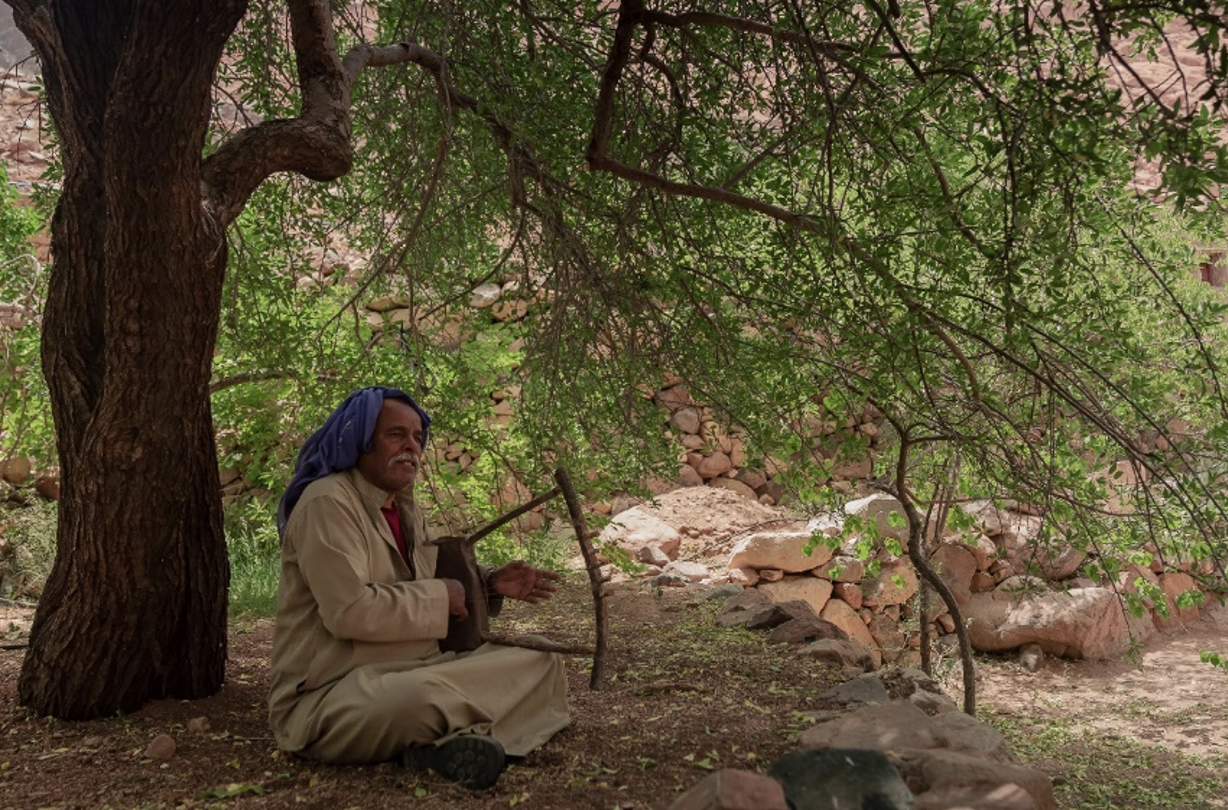
Ramadan, owner of one of the oldest gardens in the mountains of St. Katherine Protected Area playing the semseya in his garden. St. Katherine Protected Area, Southern Sinai, Egypt. Photo by ECO EGYPTRamadan, owner of one of the oldest gardens in the mountains of St. Katherine Protected Area playing the semseya in his garden. St. Katherine Protected Area, Southern Sinai, Egypt.
The Tribal Talks campaign encompasses five different regions and eleven tribes in Egypt:
Southern Sinai:
- The Jebeliya Tribe: The Jebeliya tribe has called the Saint Katherine Protected Area 'home' for 1400 years. The tribe has a deep connection to the Saint Katherine Monastery, providing essential services such as safekeeping, gardening, and traveling to get supplies for centuries.
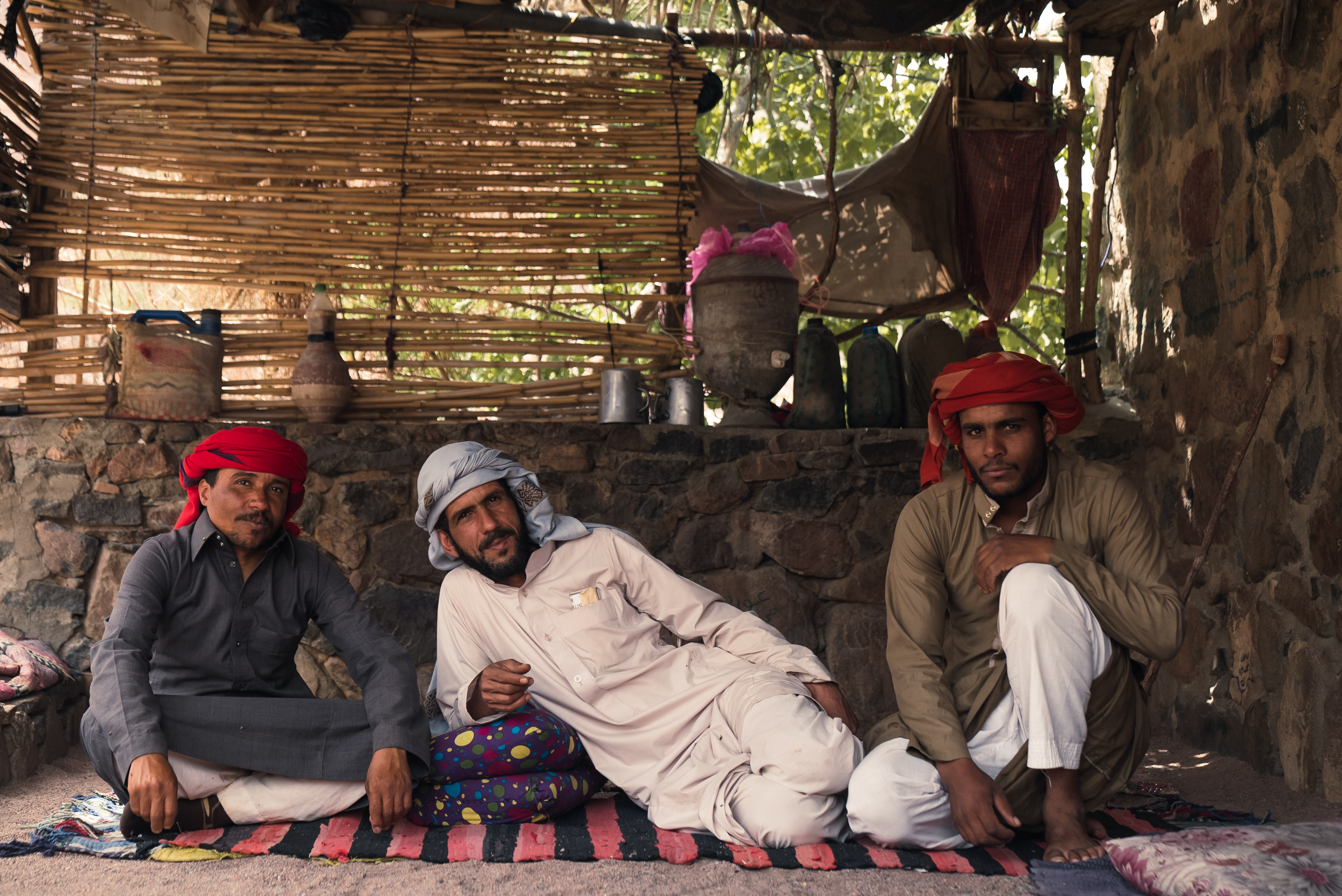
3 members of the Jebeliya Tribe resting in the afternoon in one of the homes in the mountains. St. Katherine Protected Area, Southern Sinai, Egypt.
- The Muzeina Tribe: The Muzeina tribe is a prominent tribe in Sinai with origins from Saudi Arabia. They are spread across more than two-thirds of the area, inhabiting the Gulf of Aqaba from Taba to Sharm El Sheikh to Ras Sudr. They were once nomadic pastoralists, but have settled due to education, water availability, and employment. Most of the tribe's members now live by the shore and depend on fishing for their livelihood, which has been their intergenerational profession.
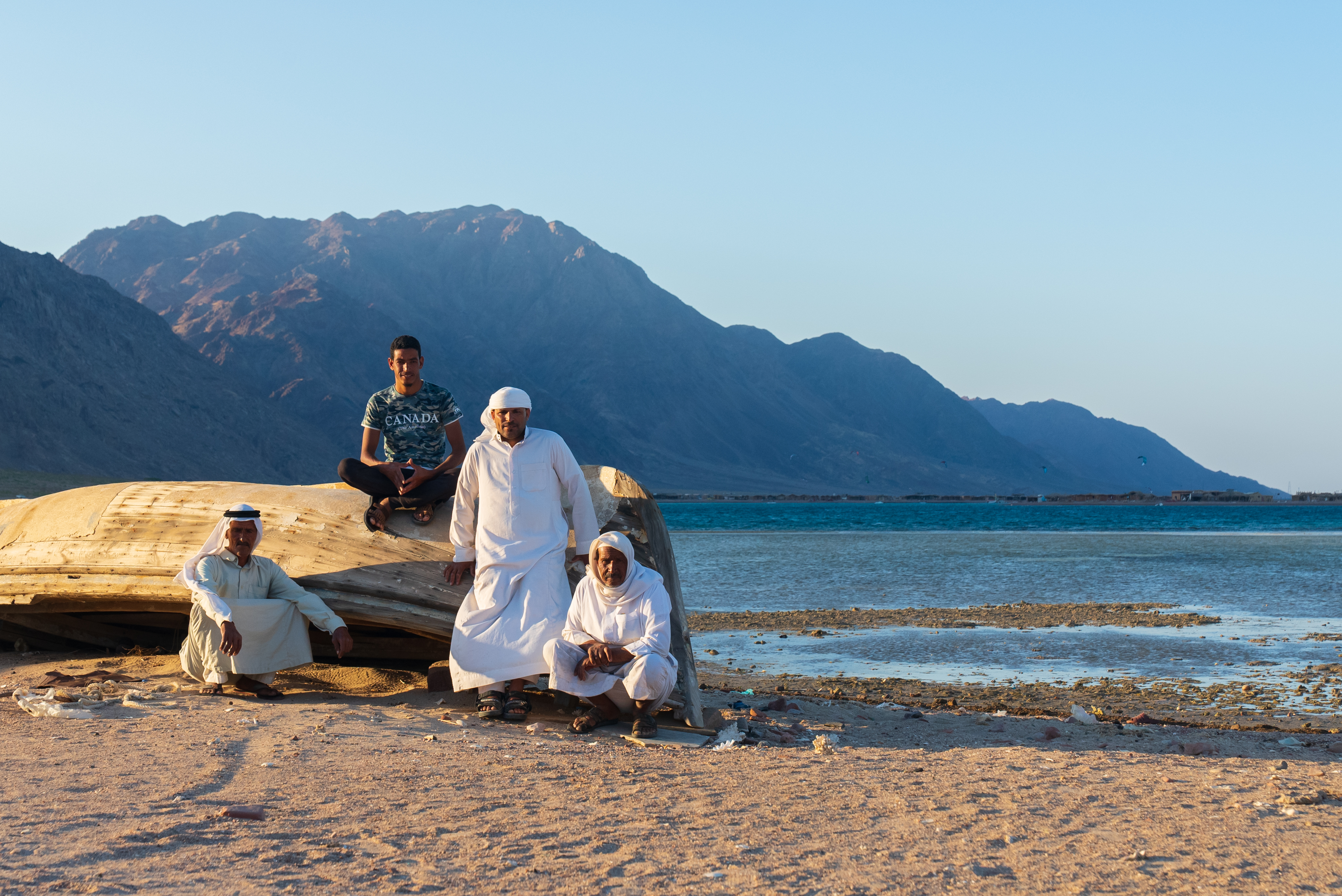
A family of fishermen from the Muzeina tribe in front of their home at the Blue Lagoon. Abu Galum Protected Area, Southern Sinai, Egypt.
- The Tarabin Tribe: The Tarabin tribe is considered one of the largest Bedouin tribes in the Sinai Peninsula. They originally arrived in the region from Saudi Arabia around 750 to 1000 years ago.
The Tarabin Tribe: The Tarabin tribe is considered one of the largest Bedouin tribes in the Sinai Peninsula. They originally arrived in the region from Saudi Arabia around 750 to 1000 years ago.
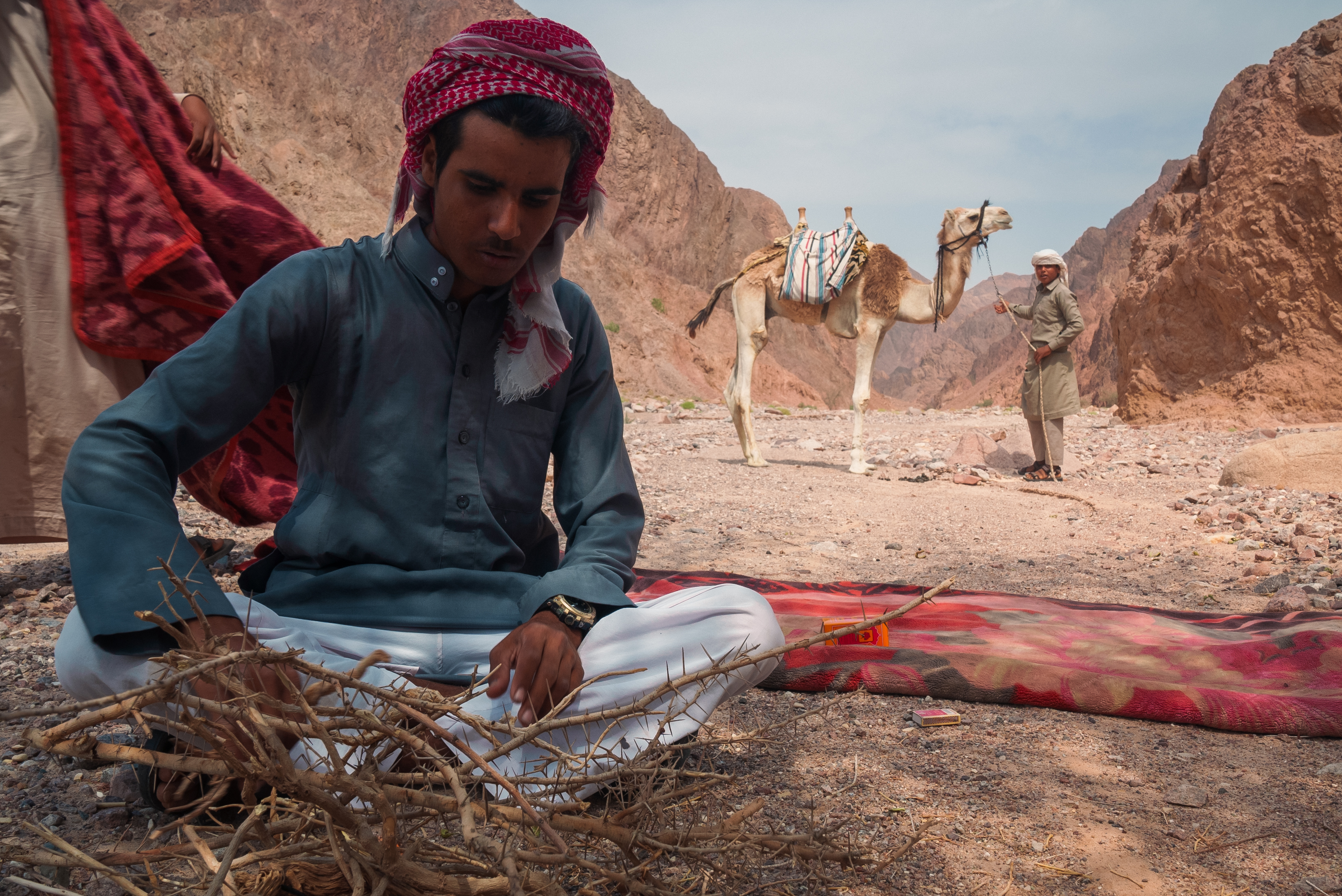
Abdallah, a young man from the Tarabin tribe, preparing tea in Wadi El Malha while his friend is caring for his camel in the back. Nuweiba, Southern Sinai, Egypt.
- People of Al Gharqana Village: Gharqana village, north of Sharm El Sheikh, is a quaint fisherman's village that is inhabited by different tribes, mostly Al Muzeina. Fishing is the livelihood for most of the community, except for a few who work in tourism. Gharqana is in Nabq Protected Area, a haven for migrating birds with rare elements like mangrove trees.
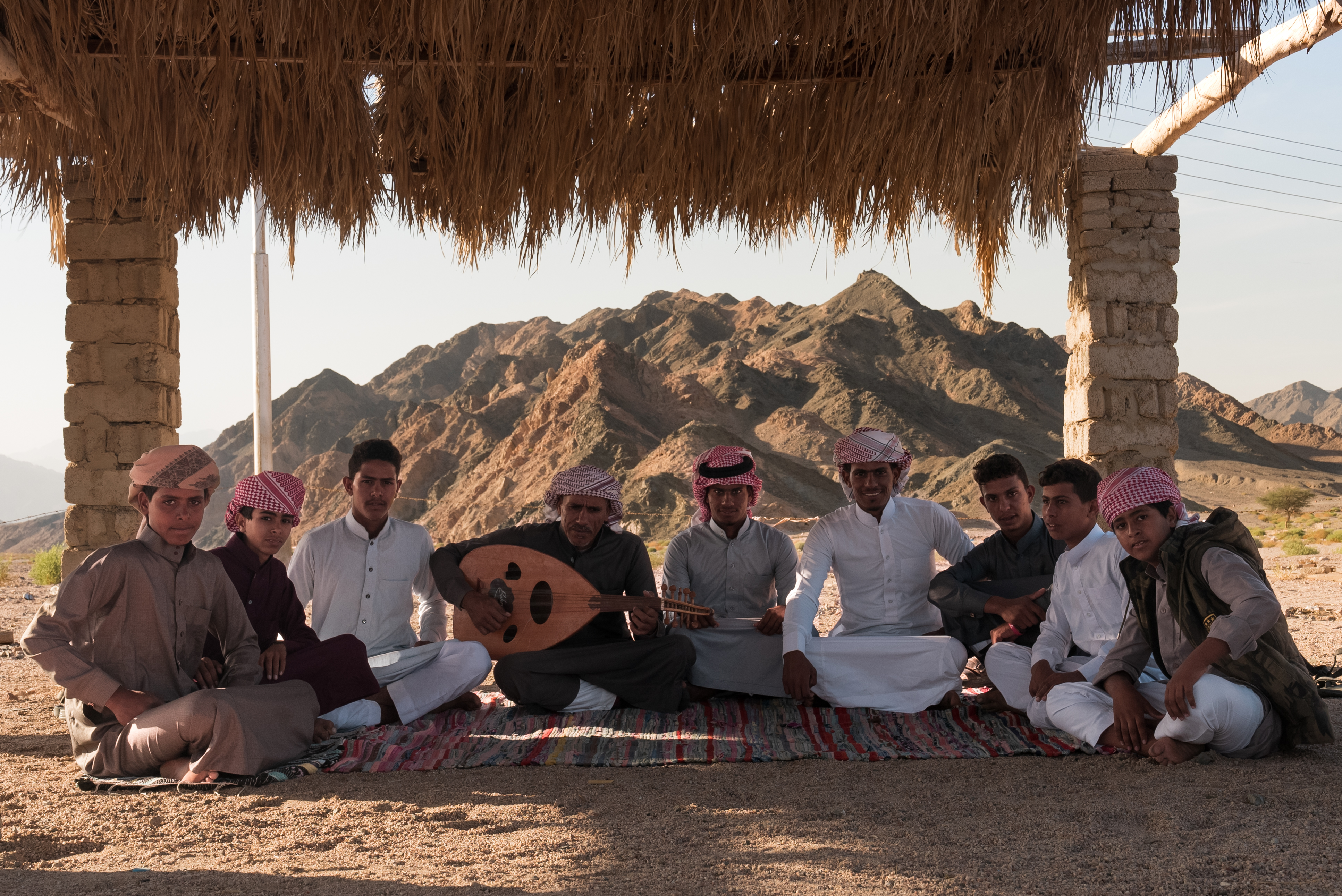
A group of men from Al Gharqana community playing music. The main instruments used are oud, and a barrel for percussion, in addition to clapping. Nabq Protected Area, Southern Sinai, Egypt.
Southern Red Sea:
- The Ababda Tribe: The Ababda tribe, originally from Saudi Arabia, has inhabited the Red Sea coastline from Ras Ghareb until Halayeb for centuries. Their reliance on nature and limited resources for survival has led to the formation of tribal conservation laws prohibiting the cutting of green trees and allowing the usage of dry ones.
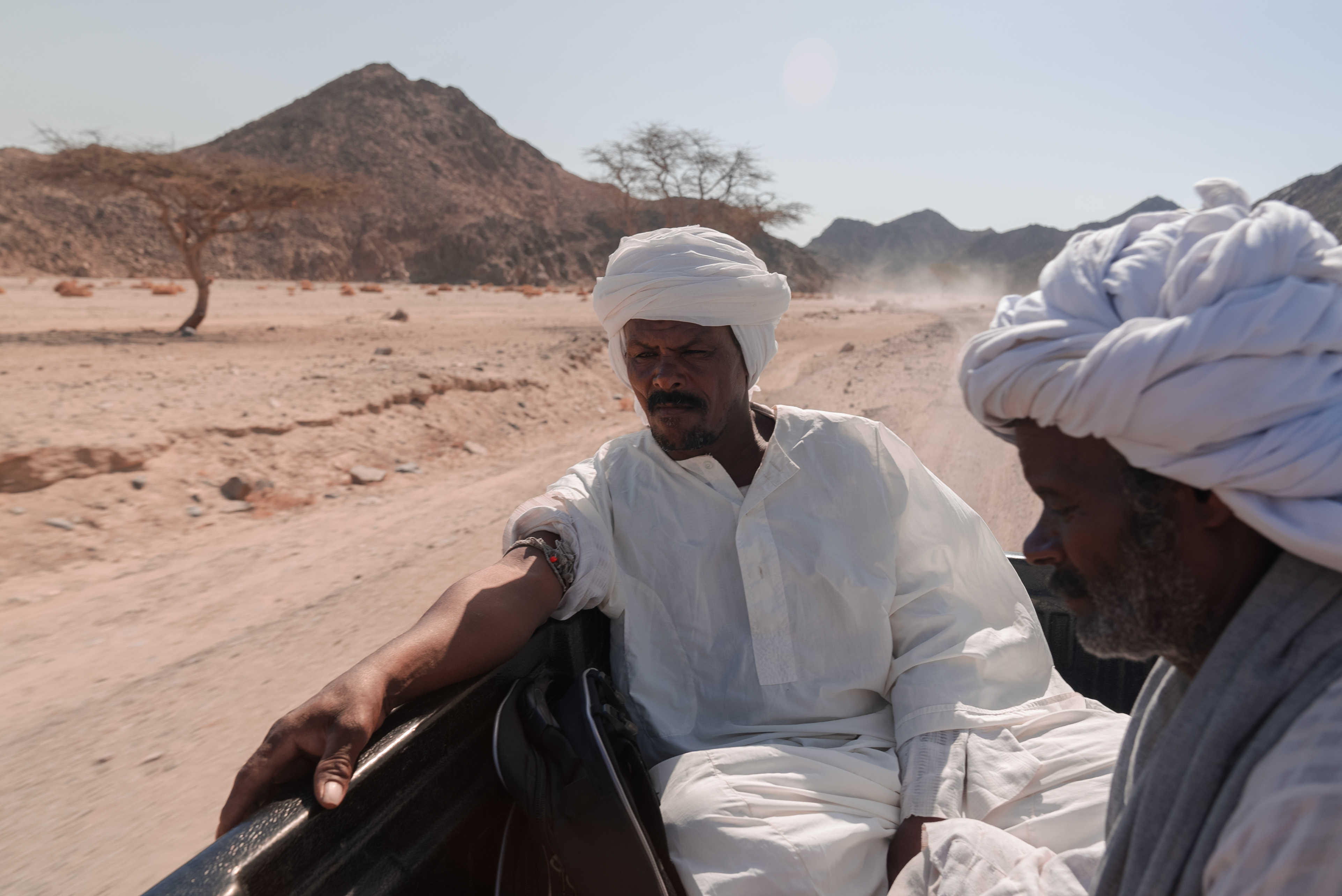
Two men of the Ababda tribe on the back of a pickup truck going in the desert. Wadi El Gemal Protected Area, Southern Red Sea, Egypt.
- The Bishari Tribe: The Bishari tribe, one of the oldest in Southern Red Sea, arrived over four millennia ago from Northeast Africa and are a major division of the Beja people. They served as border protectors throughout history, speaking Bidhaawyeet or Rotana language.
The Bishari Tribe: The Bishari tribe, one of the oldest in Southern Red Sea, arrived over four millennia ago from Northeast Africa and are a major division of the Beja people. They served as border protectors throughout history, speaking Bidhaawyeet or Rotana language.
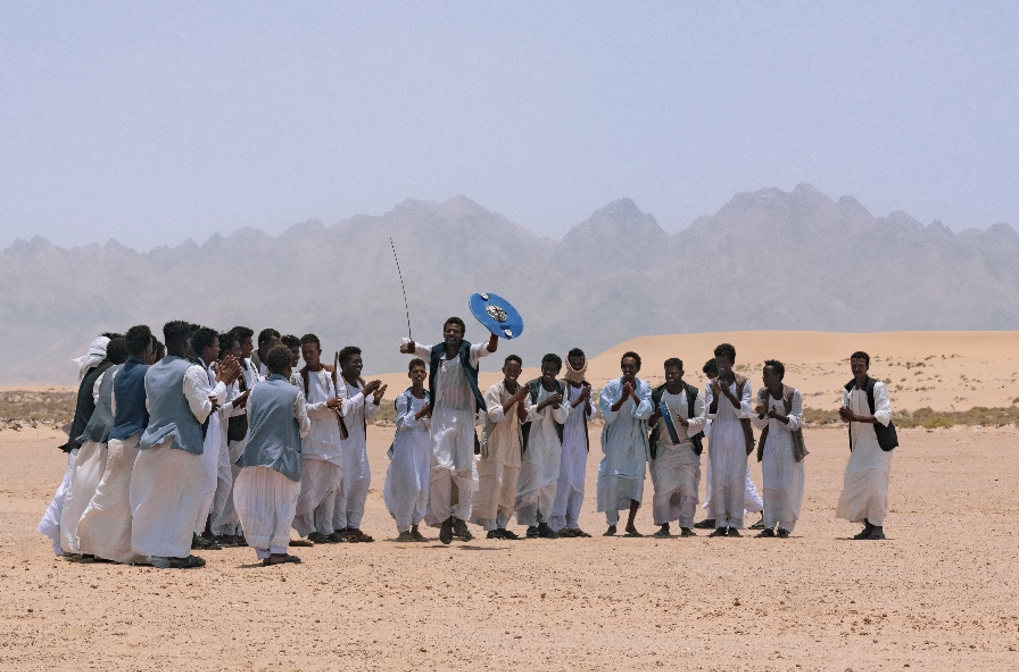
A group of Bishari young men dancing the Housseit with Elba Mountain in the background. Housseit is performed by both Ababda and Bishari tribes. Abu Ramad, Gabal Elba Protected Area, Southern Red Sea, Egypt.
Nubia:
- The Nubians: The Nubians, the oldest ethnic group in Egypt, are indigenous to Nubia and have preserved their language for 7000 years. Women in Nubia are held in high regard and are attributed with the preservation of the Nubian culture, and language as they took care of the villages on their own when men traveled for work.
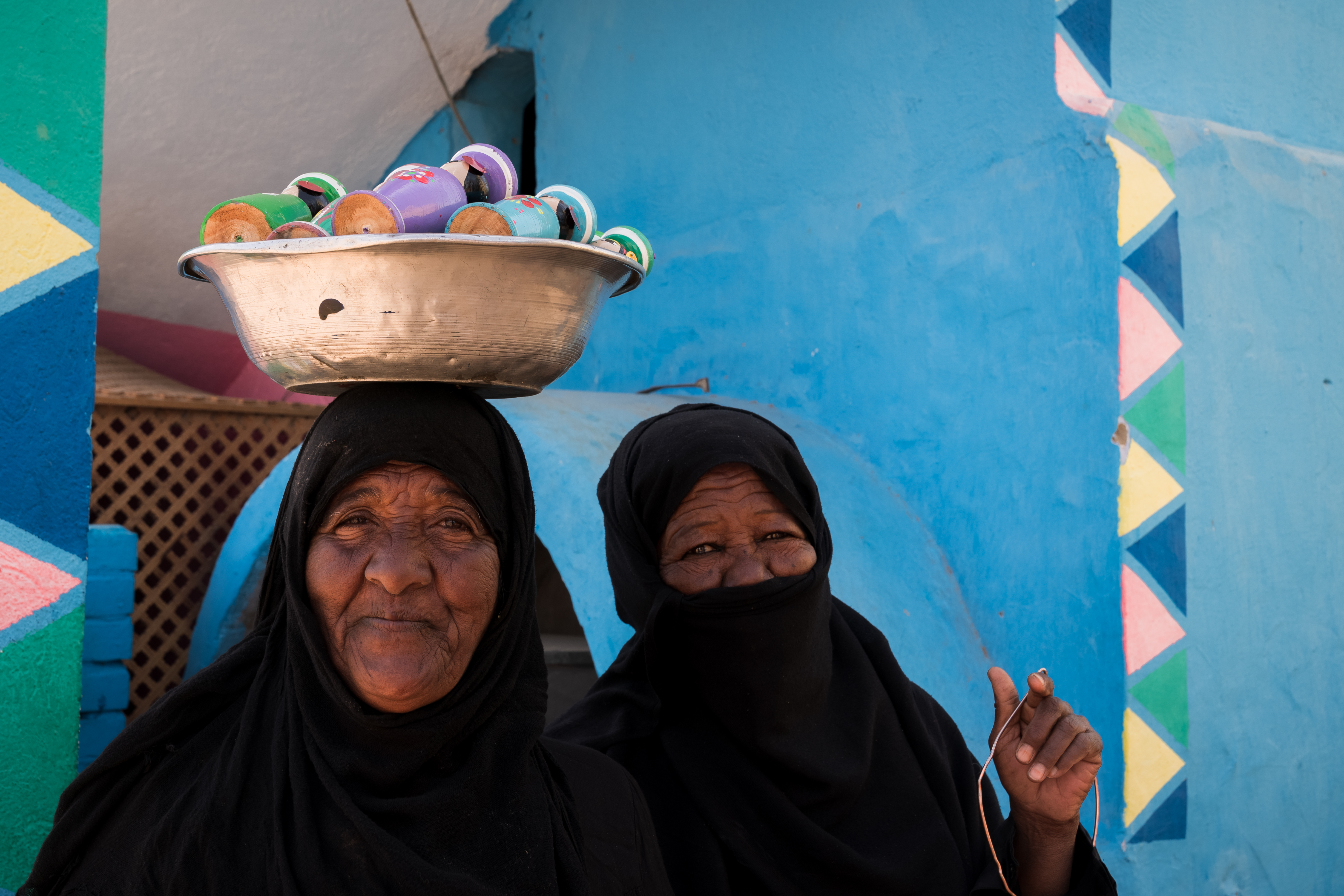
Two Nubian women in the market carrying their products. Gharb Suhail, Aswan, Egypt
North Coast:
- Matrouh Tribes: The coast of Matrouh is a place of cultural richness, with five main tribes who arrived in Matrouh in two main migrations, the first during the Islamic conquests. Despite living on the coast, their culture is closely tied to the desert, historically having little interaction with the sea. These tribes have adapted to change while still holding onto their cultural heritage in the desert, inspiring to see.
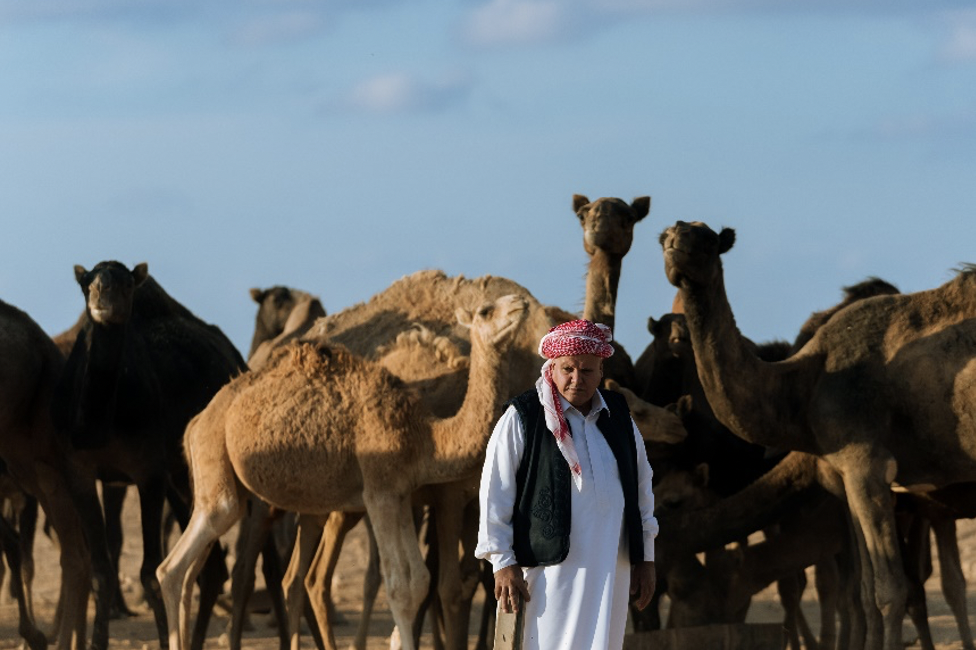
A man from Awlad Ali tribe standing in front of his herd of camels. Matrouh Governorate, Egypt.
Western Desert:
- The Amazigh Tribes: Siwa Oasis is home to the local Amazigh tribes, descendants of North African Amazigh. While the Amazigh lived in Siwa during Pharaonic times, the majority migrated to Siwa after the Islamic conquests due to a drought in North Africa. Today, the current inhabitants of Siwa Oasis are a mix of Amazigh and Arab tribes with a cultural blend between the 2 cultures. They all speak Siwi, a dialect of the Amazighi language.
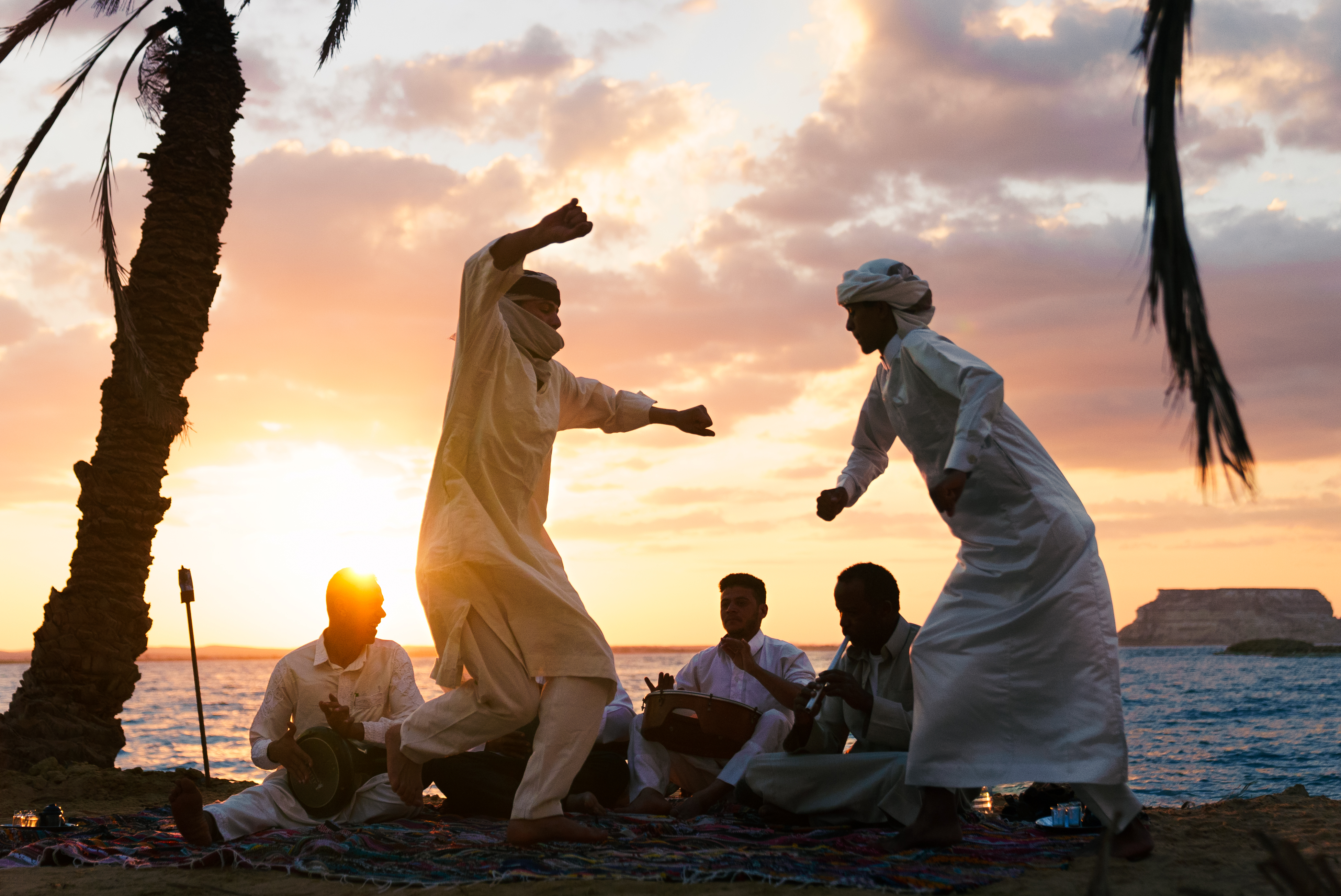
Siwa’s traditional music band playing music while Siwi guys are doing the traditional dance. Siwa Oasis, Western Desert, Egypt.
- People of Farafra Oasis: The people of Farafra Oasis have a rich cultural heritage from their diverse origins, with eight main tribes coming from various Arabic countries, intermarrying and creating a unique blend of cultures.
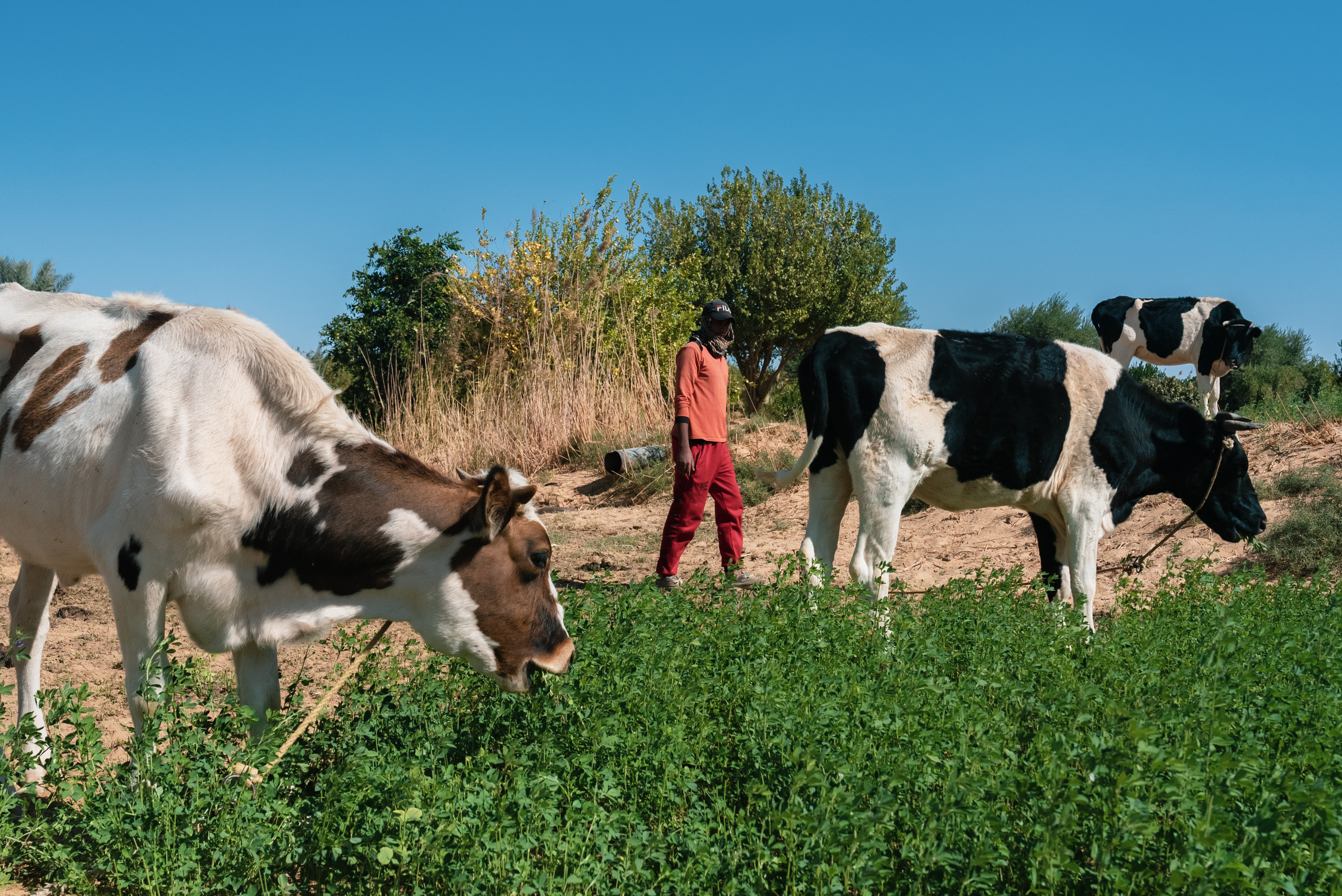
A farmer walking in the green fields of Ein El Tenein. Farafra Oasis, Western Desert, Egypt.
- People of Bahareya Oasis: The people of Wahat Bahareya rely on agriculture and tourism for their livelihood. The use of Roman and Pharaonic wells allows for vast amounts of palm trees, but it's in tourism where the people of Bahareya truly shine.
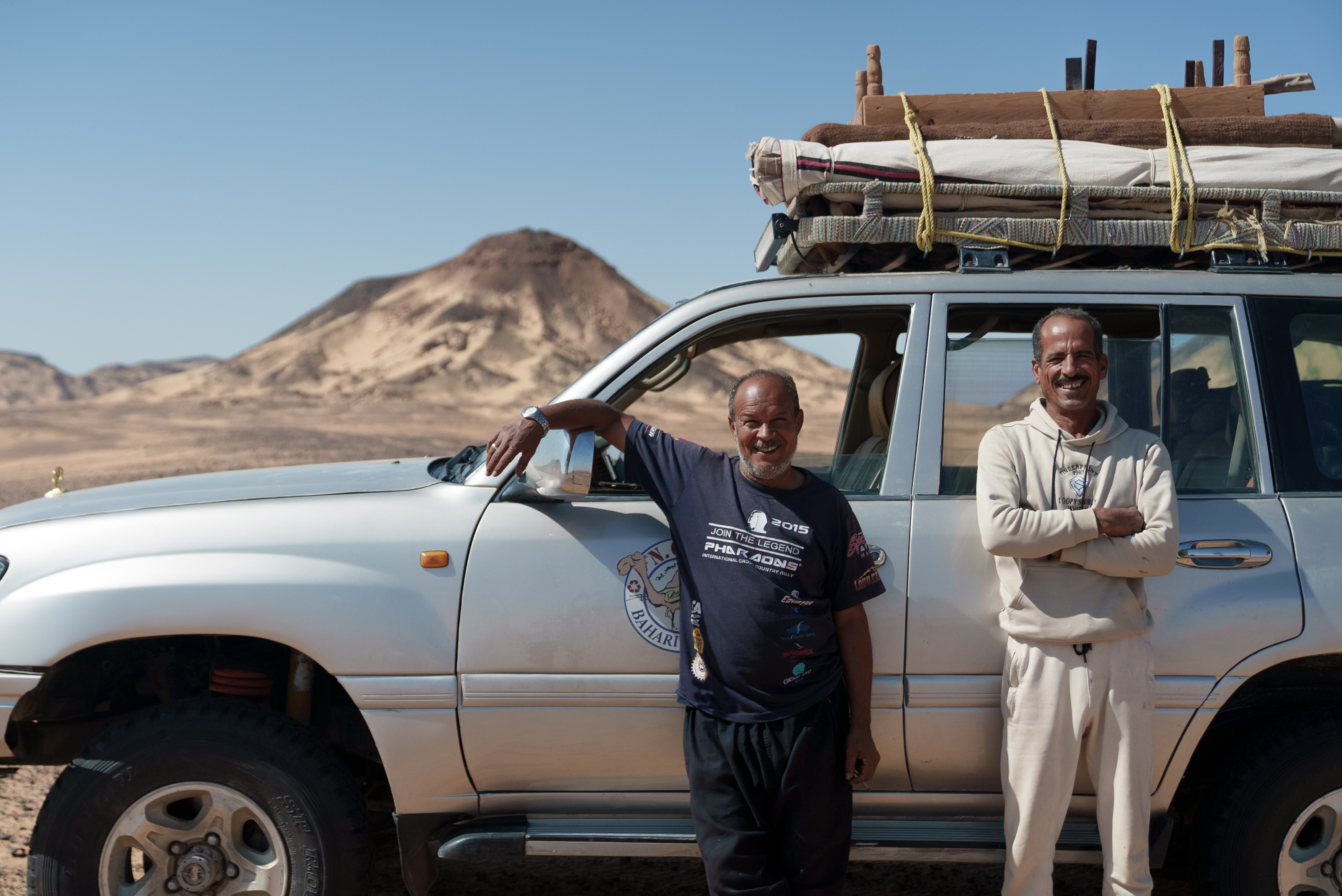
Wahati tour guides standing in front of their 4x4 at the black desert after finishing an overnight desert excursion. Bahareya Oasis, Western Desert, Egypt.
ECO EGYPT is a nationwide campaign that promotes for ecotourism in Egypt’s ecological sites and protected sites. The ECO EGYPT campaign is developed by the Mainstreaming Biodiversity in Egypt’s Tourism Project (MBDT); MBDT is implemented by the Egyptian Environmental Affairs Agency (EEAA) cooperation with the United Nations Development Programme (UNDP) and funded by the Global Environment Facility (GEF) with the National Bank of Egypt (NBE) as a Strategic Partner for the campaign.
#TribalTalks
#EcoEgyptExperiences
SDGs:
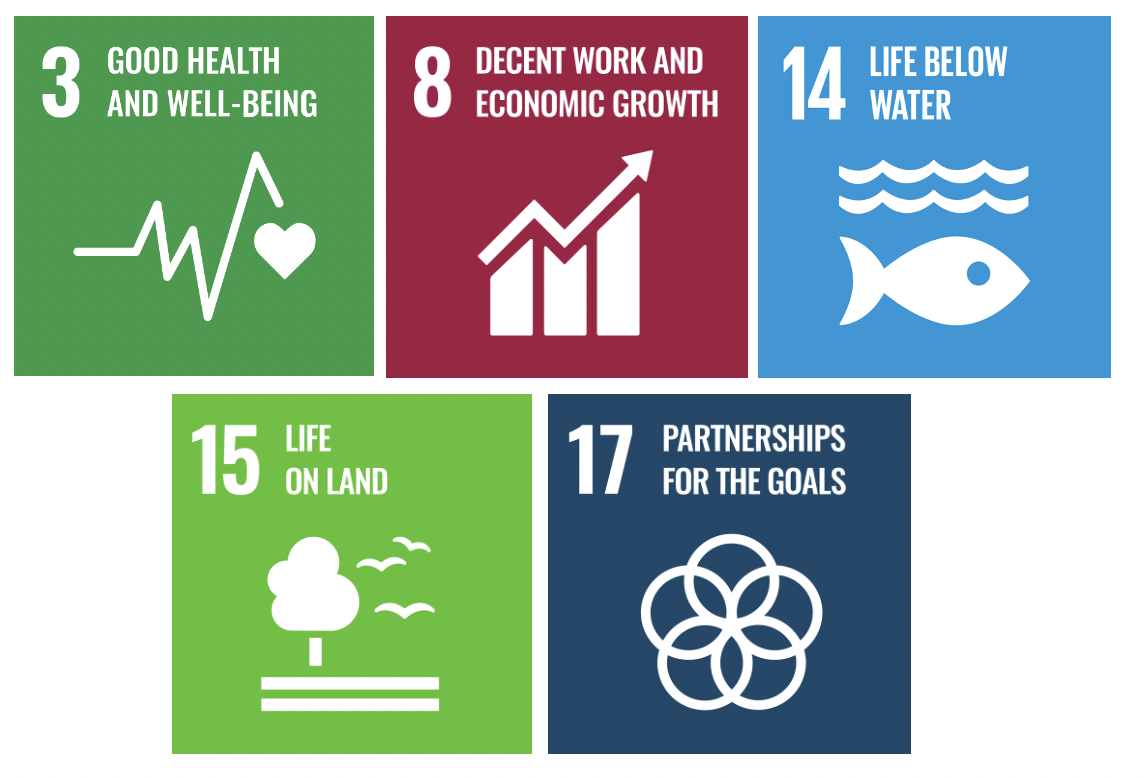

 Locations
Locations


